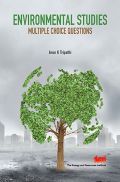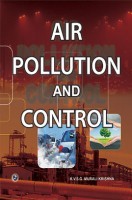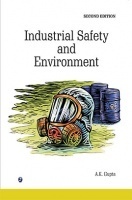About the Book:
Contents: Foreword. Preface. 1. Earthquakes. 2. Structural Design Aspects in Earthquake Disaster Prevention. 3. Distribution of Earthquakes around the World. 4. Mitigation programmes in India (Pertaining to Earthquakes). 5. Earthquake Hazard Exposure Analysis. 6. Landslides. 7. Tsunamis. 8. Occurrence of Tsunamis Around the World. 9. Tsunami Forecasting. 10. The Role of Public Education and Awareness Programmes in Tsunami Mitigation and Management. 11. Forest Fires. 12. Cyclones. 13. Climates. 14. Floods. 15. Droughts. 16. Famine. 17. Hurricane. 18. Tornadoes. 19. Volcanoes. 20. Manmade Hazards. Bibliography. References. Appendix.
The book contains several aspects of natural disasters, man made hazards, their mitigation and management. It covers, a broad spectrum of topics from the elementary understanding for the general public to the more advanced conceptual understanding of the prediction, prevention, warming, risk, relief, rescue, mitigation and management of hazards. Different chapters are devoted to various aspects of hazards by earthquake, tsunami, forest fire, cyclones, deals with climates, causes for change in the ocean and atmospheric conditions and ELNINO, ENSO and ELNINA. Ocean warming as a threat to marine life and the GAIA THEORY, floods, droughts and famines, hurricanes, tornadoes, volcanic eruptions, Pollution of Air, land, water and coastal regions. Hazards pertaining to chemical, biological and nuclear weapons are given prominence.
Salient Features: Water and Climate related disasters. Geologically related disasters. Accident related disasters. Geo engineering studies on global warming, green house gases, ozone depletion. Biologically related disasters. Chemical, industrial and nuclear related disasters. Forest fires and fire hazards.


















